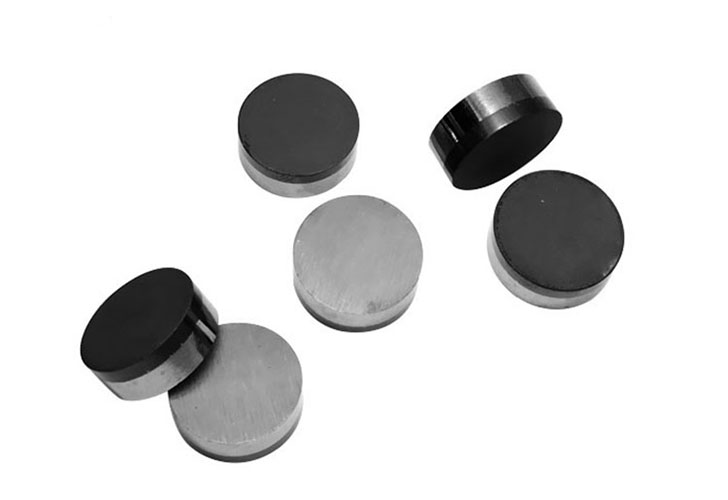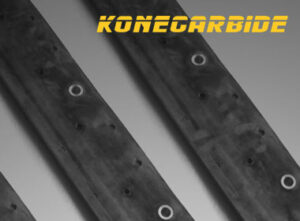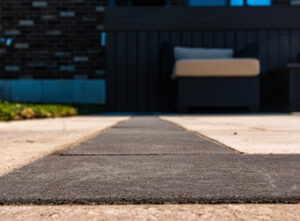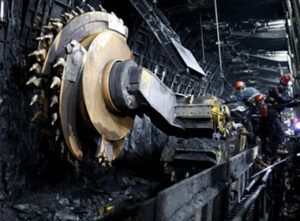With the development of drilling technology, PDC bits are becoming more and more popular in the drilling industry, especially in oil and gas drilling. As important oil drilling tools, PDC bits play a decisive role during the drilling process. Today, we’ll explore everything you should know about PDC drill bits. Let’s get started!

What is a PDC bit?
Polycrystalline Diamond Compact (PDC) bits are a type of drill bits used in the drilling industry. A PDC bit comprises a fixed head with several PDC cutters. Since the head is fixed and contains no moving parts, the bit rotates as one piece. PDC cutters or inserts consist of a layer of polycrystalline diamond and a tungsten carbide substrate. The polycrystalline diamond is bonded to the substrate. This advanced design allows for higher drilling efficiency and longer service life due to outstanding resistance to wear, abrasion, erosion, and high temperature.
PDC bits were first manufactured in 1976. In recent years, PDC bits are widely used in various applications, such as welling drilling, mining, and oil and gas drilling, just to name a few.
Types of PDC bits
There are two types of PDC bits: Matrix body bits and steel body bits. These two types are different in structure and capability. Selecting a type of bit for your project is determined by the needs of the application.
Matrix-body PDC bits
Matrix body bits are made from a composite material containing tungsten carbide grains metallurgically bonded with a metallic binder. It would be preferable to use Matrix to drill hard rock because of its hardness and excellent resistance to erosion and abrasion. However, Matrix is brittle and has low resistance to impact compared to steel body bits. In addition, the heterogeneity of the Matrix affects its physical properties to be a little less predictable.
Steel-body PDC bits
Unlike Matrix, steel bits are made from high alloy steel and are resistant to high impact loading. However, they are relatively soft and less capable of withstanding erosion and abrasion, thus more likely to wear out soon. The solution is applying carbide hardfacing to the steel body to extend service life. With the hardfacing technique, steel-body PDC bits can also be durable. Steel-body PDC bits are more suitable for soft and sticky rock formations.
PDC Cutters
A PDC cutter is made up of two parts, a diamond table, and a tungsten carbide substrate. A diamond table is a layer of diamond that is bonded to the substrate, as mentioned above. Diamond, as the hardest material, is capable of cutting any other material, making it an essential part of drilling. Apart from the hardness, a diamond can bond with tungsten carbide efficiently, forming a complete cutter that can be inserted into the body.
The vital raw material for PDC cutters is diamond grit which refers to tiny grains of synthetic diamond. Man-made diamond is similar to natural diamond in every detail, making it sharp, hard, and wear-resistant. Besides, compared with natural diamonds, synthetic diamonds perform better in shear because of the structure. When experiencing high temperatures, diamond grits become less stable, so, during drilling, PDC cutters should be sufficiently cooled.
A diamond table comprises diamond grit, tungsten carbide, and metallic binder. All these materials are sintered to create a diamond-rich layer. The ideal thickness of diamond tables should be 2mm to 4mm and tungsten carbide substrates are generally 0.5 inch in height.

KoneCarbide is an ISO-certified manufacturer with 10+ years of experience in the oil and gas industry. We can supply both PDC cutters and tungsten carbide substrates of various surface patterns. In addition, we are capable of customizing cutters and substrates as per your drawings.








